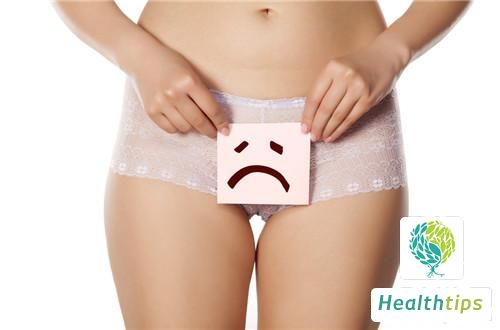"Is It Normal for Legs to Swell After Prolonged Standing? What Steps Should I Take?"
Update Date:
Source: Network
Effects of Prolonged Standing and Walking on Legs
Certain occupations necessitate extended periods of standing, which can lead to leg swelling due to fluid accumulation under the influence of gravity. To mitigate this, striking a balance between work and rest, avoiding prolonged standing or walking, and utilizing hot compresses and massages to enhance blood circulation and reduce edema are recommended.
Causes of Edema After Prolonged Standing
Prolonged standing, walking, squatting, or sitting can induce edema in various body parts due to occupational or other reasons. Teachers and surgeons, for example, may experience lower limb edema due to gravity-induced sluggish blood flow or aldosterone-mediated water and sodium retention. Similarly, office workers and civil servants who maintain static sitting positions for extended periods may suffer from venous insufficiency and edema in their lower limbs.
Diagnosis of Edema After Prolonged Standing
Transient edema that appears and disappears quickly, even with recurrences, is generally considered physiological. However, if edema persists without improvement or is accompanied by symptoms like hypertension or proteinuria, pathological edema becomes more likely.
Differential Diagnosis of Edema After Prolonged Standing
Edema arises from excessive fluid accumulation that cannot be expelled from the body, leading to weight gain and potential swelling in the eyelids, ankles, or calves. In the elderly, lower limb edema commonly signals an underlying disease, necessitating prompt medical attention to determine the cause. Common diseases associated with bilateral lower limb edema in the elderly include heart, liver, and kidney diseases, as well as malnutrition.
Types and Causes of Lower Limb Edema
Diffuse edema in the lower limbs, which spreads from the legs, can be physiological or pathological. Cardiac edema occurs in heart disease patients with reduced venous return from the lower limbs to the heart. Hepatic edema, seen in hepatitis patients with cirrhosis, stems from decreased albumin synthesis, causing hypoproteinemia and edema. Renal edema, prevalent in nephritis or nephrotic syndrome patients, arises from impaired glomerular filtration and proteinuria, leading to hypoproteinemia and edema. Hypothyroid edema results from low thyroid function, causing mucopolysaccharide deposition and edema in the lower limbs. Finally, deep venous disease of the lower limbs, including inflammation or valve dysfunction, can hinder venous return, causing edema.



















